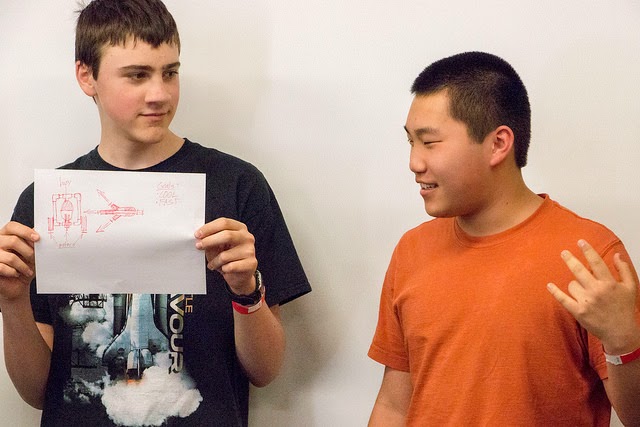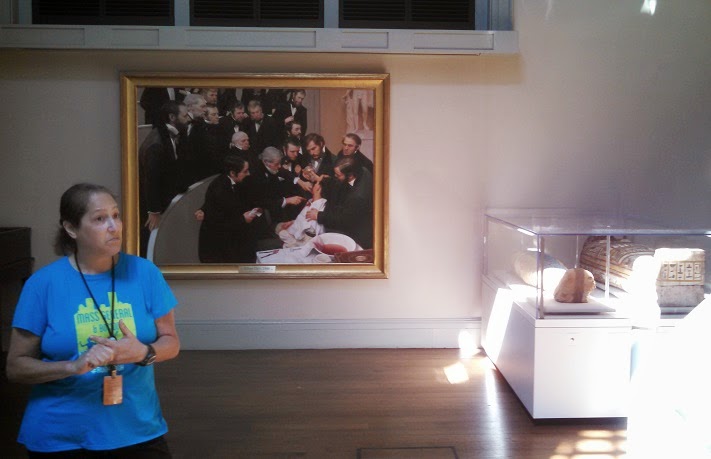by Eric Bender
 The underwater remotely operated vehicles (ROVs) run by
offshore industry or the Navy or scientists are usually big brawny fellows,
designed to grab a valve on an oil platform at the bottom of the Gulf
of Mexico or scan remote areas of the Pacific sea floor or pluck
cargo from the Titanic. But you can build a model ROV
that fits inside a milk crate and zooms through water in basically the same
ways.
The underwater remotely operated vehicles (ROVs) run by
offshore industry or the Navy or scientists are usually big brawny fellows,
designed to grab a valve on an oil platform at the bottom of the Gulf
of Mexico or scan remote areas of the Pacific sea floor or pluck
cargo from the Titanic. But you can build a model ROV
that fits inside a milk crate and zooms through water in basically the same
ways.  That's exactly the role of MIT's Sea Perch project, which builds
these small educational wet wanderers, and exactly what teams of middle and
high schoolers accomplished Wednesday at the MIT
Museum.
That's exactly the role of MIT's Sea Perch project, which builds
these small educational wet wanderers, and exactly what teams of middle and
high schoolers accomplished Wednesday at the MIT
Museum.
At the start, about half the kids said they were enthusiasts
for science and engineering, and the other half cheerfully said they had been
forced to come by their parents. Ably led by Kathryn Shroyer, mechanical
engineer and Sea Grant educator, they all plunged together into designing and
building their own Sea Perches.
 To keep the exercise within three hours, Shroyer had
painstakingly pre-assembled the most complicated components. Each team received
a set of four motors tucked into film canisters, waterproofed, topped with
propellers, and hooked up via a long thin power cable to a battery and a
control box. That let the groups focus on creating their own frames, and
connecting the motors and floats.
To keep the exercise within three hours, Shroyer had
painstakingly pre-assembled the most complicated components. Each team received
a set of four motors tucked into film canisters, waterproofed, topped with
propellers, and hooked up via a long thin power cable to a battery and a
control box. That let the groups focus on creating their own frames, and
connecting the motors and floats.
Most teams came up with a similar design theme for their
pocket submersibles: small, fast and
 maneuverable. Pieces of PVC and flotation
were soon flying through the air. The kids rethought and rebuilt their frames,
and bandied about names like Hot Dog Mark 1 and Magical English Kangaroo.
maneuverable. Pieces of PVC and flotation
were soon flying through the air. The kids rethought and rebuilt their frames,
and bandied about names like Hot Dog Mark 1 and Magical English Kangaroo.
Each team then marched its contender down to first floor of
the museum, which was awash in a Dive into Ocean Science exhibition for Earth
Day. Here, the team members would work their way through the crowd, gently
lower their contraption into a large aquarium tank and smile
and puzzle as it
bumped and scuttled around the tank. After a few minutes, each team would pluck
the ROV from the tank and head back to the
lab to fiddle with flotation and weights and make other tweaks.
Back down into the tank again, the kids would look again to
spot what now worked and what didn't really. And like the operators of
fullscale ROVs, they got splashed sometimes.
Photos courtesy Kathryn Shroyer, MIT Sea Grant












